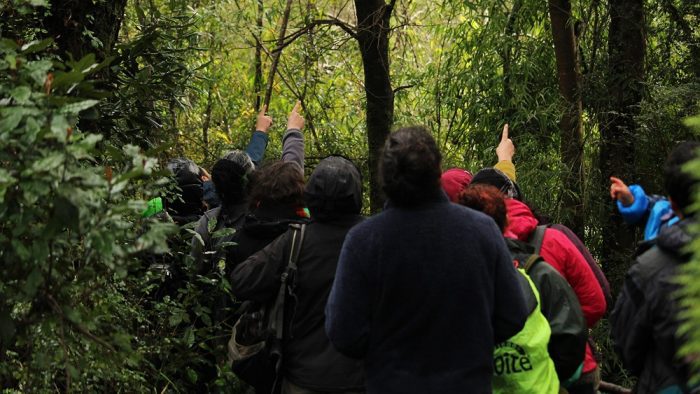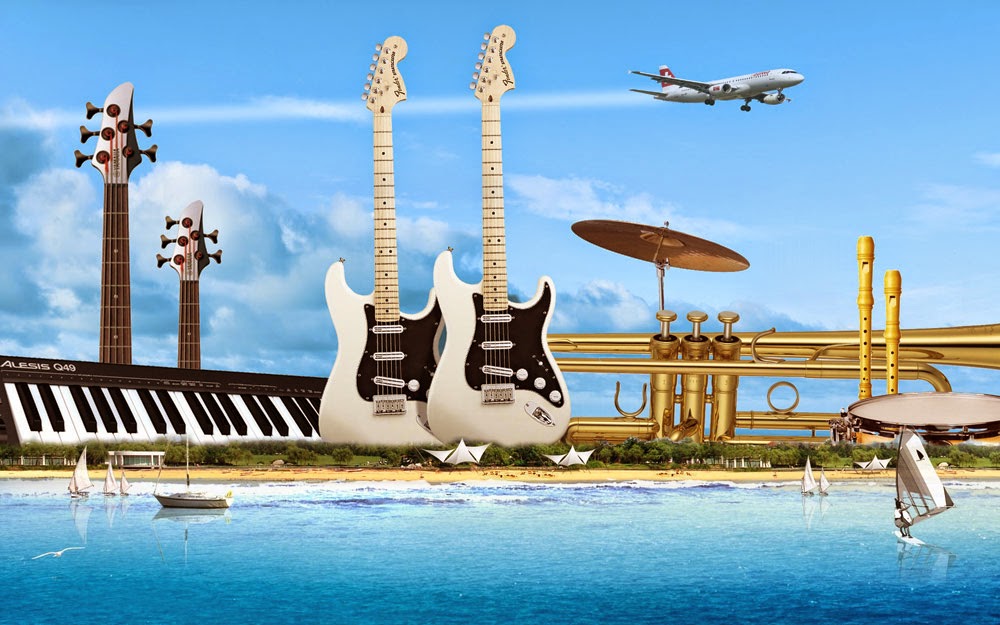

Our oldest humanoid ancestors were likely right-brain dominant creatures as compared to the overwhelming number of left-brain dominant homo sapiens today. What rhythm and movement has the capacity to activate in the right hemisphere, verbal language stimulates in the left. The language of movement also resides in the right hemisphere of the brain. In the innerdance, participants are often seen moving their bodies in motions, that resemble ancient forms of gesture and are associated with the earliest expressions of dance, in relation to rhythm and utterance. Our brains have an innate capacity to remember these primitive origins. This, in turn, led to the first songs and tonal languages that would continue to be passed down, from generation to generation, eventually leading to the spoken word. These expressions were used for hunting, celebration, ceremony, migration, agriculture, household chores, foraging and the like. Basic forms of humming, thumping, clapping, tapping, stomping, grunting, shouting, howling, and elongating vocal tones gradually shifted into synchronized expressions of family, commu nity, and tribe. Rhythm, in all forms, combined with sound and utterance, became the first mnemonic devices to deeply impact our species and its ability to survive and grow.


Along with impacting every living organism we know of today, the various cyclical rhythms of our planet and cosmic world also highly influenced human behavior and stages of development. Basic rhythms, such as that of a heartbeat, helped our humanoid ancestors develop consciousness, language systems, and ways to remember intricate details about their surroundings, environment and changing world. Before humans had the ability to speak, sounds and utterance were our first forms of verbal communication. Music is both a language and a memory system.


 0 kommentar(er)
0 kommentar(er)
